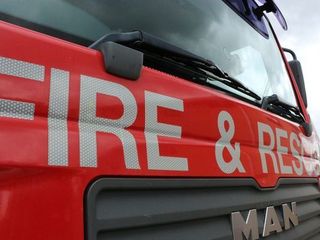
Since the Grenfell Tower tragedy in London, Cambridgeshire Fire and Rescue Service’s fire protection team have been proactively visiting high rise accommodation across the county to provide fire safety information and carry out checks.
So far the team has visited around 40 blocks of flats, checking communal areas such as stairwells and exit routes and in some cases auditing the fire risk assessments, which the premises owner is required to produce under fire safety legislation.
Group Commander Brenan Morgan, the Service’s head of fire protection, said: “Our main focus is ensuring residents living in high rise buildings are safe in their homes. We are distributing a letter from the fire service providing information about what we are doing in the wake of the Grenfell fire and providing fire safety information about precautions to take and what to do in the event of a fire. These visits will continue over the summer until we have visited all blocks of flats five storeys tall or higher.”
Following the Grenfell tragedy, a process for testing cladding on high rise buildings has been put in place by the government. Local authorities and housing providers have been asked to identify any buildings with cladding and to arrange for flammability testing to be carried out. If any tests fail, the fire service is informed and will visit the premises as a matter of priority.
Brenan added: “We have so far been notified of two buildings in Cambridge where the cladding flammability tests have failed. Following a thorough inspection it was clear the buildings are well managed and comply with the expected safety standards. Taking into account where the cladding is, and the good housekeeping of building, we are satisfied there is no risk to anyone living in the building.”
Chief Fire Officer Chris Strickland said: “We want residents in Cambridgeshire living in high rises to continue to feel safe in their homes. Fires of the magnitude of Grenfell Tower are extremely rare; in fact it was unprecedented in the UK. Mid and high-rise buildings are designed to resist fire, stop the spread of smoke and provide a safe means of escape. Most fires don’t spread further than one or two rooms.
“However, we know that the incident in London has caused concern for people living in blocks of flats and so it has been important for us to offer reassurance and let residents know what we are doing to ensure their safety.”
Chris added: “Of vital importance however, is that people know exactly what to do in the event of a fire and that as far as possible, people put measures in place in their own homes to prevent a fire in the first place. This includes simple things like testing smoke alarms once a week, checking electrical appliances and taking care when cooking, as most of our dwelling fires start in the kitchen.”


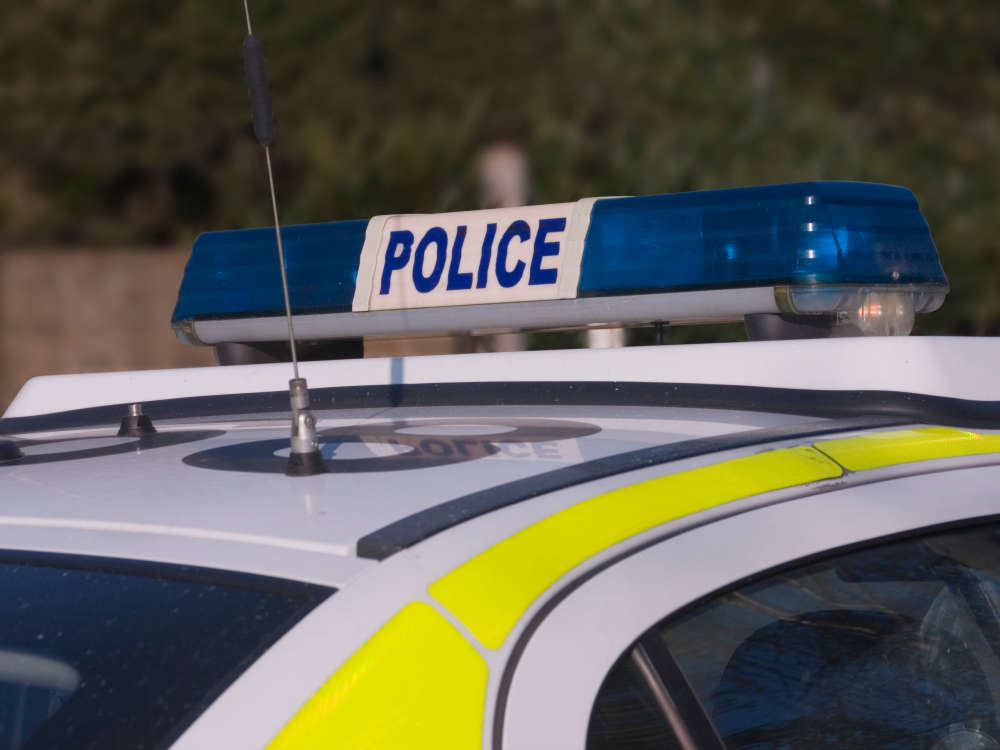 Cyclist seriously injured in Cherry Hinton collision
Cyclist seriously injured in Cherry Hinton collision
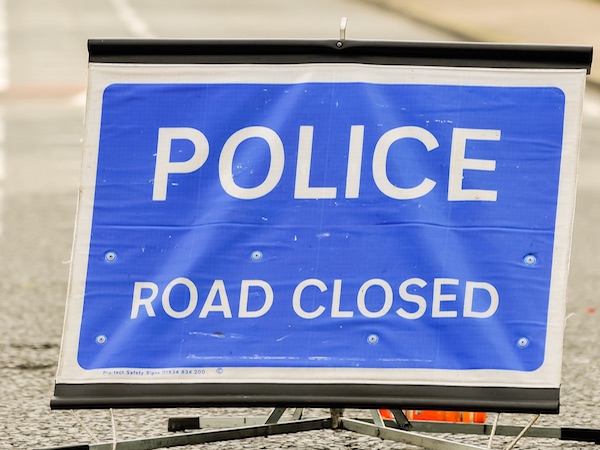 Woman in critical condition after five-car crash on A14
Woman in critical condition after five-car crash on A14
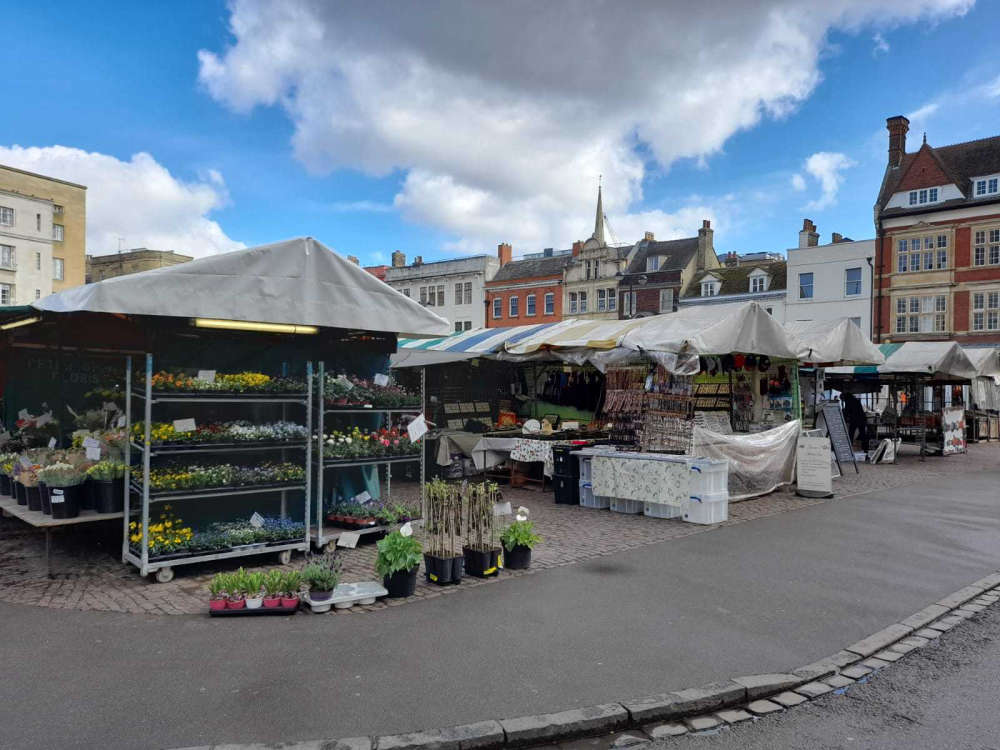 Fears Cambridge market could shrink following revamp
Fears Cambridge market could shrink following revamp
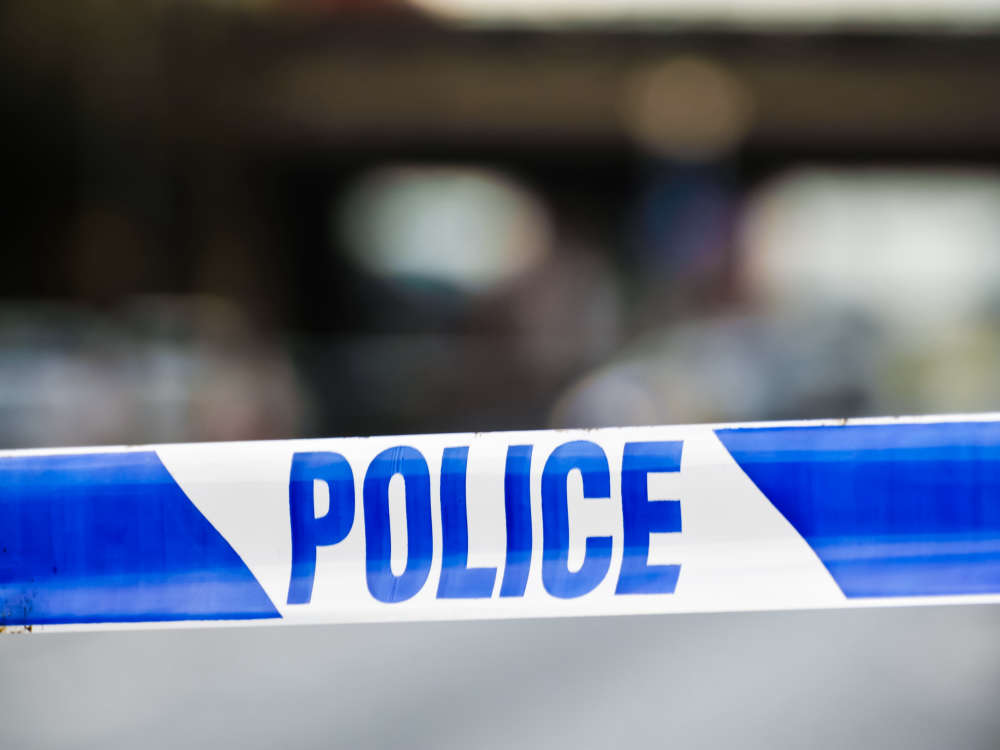 Woman found dead in Little Shelford
Woman found dead in Little Shelford


